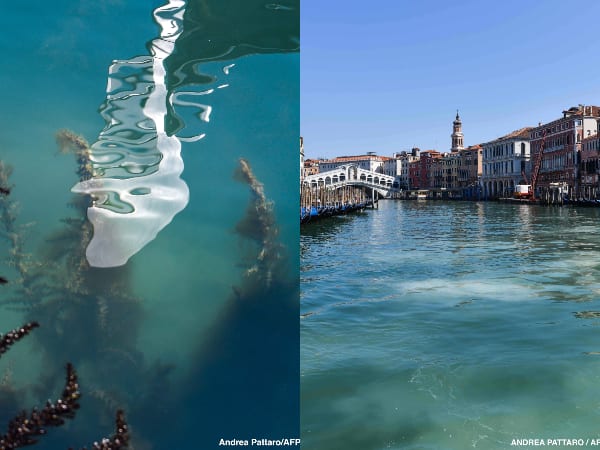The COVID-19 pandemic has caused activity to shut down and brought the world to a complete standstill. This has slashed greenhouse gas emissions and air pollution around the world.
If there was ever something positive to take from this crisis, it would be that it’s offered a glimpse into a future with low-carbon emissions. As 22 April 2020 marks the 50th anniversary of Earth Day, we take a look at how the coronavirus pandemic has impacted the environment. The annual Earth Day event, which is largely taking place online this year, is an international event that began in 1970 as a way of increasing public awareness of concerns related to environmental protection. Earth Day typically involves a series of demonstrations, volunteer work, and concerts that are organized to raise money for environmental protection. Air pollution has dropped significantly The World Health Organisation (WHO) estimates that about 3 million people die every year from ailments caused by air pollution, and that more than 80% of people living in urban areas are exposed to air quality levels that exceed safe limits. Measurements from the European Space Agency’s Sentinel-5P satellite show that during late January and early February 2020, levels of nitrogen dioxide (NO₂) over cities and industrial areas in Asia and Europe were lower than in the same period in 2019, by as much as 40%. The spread of Covid-19 have resulted in a sharp dip in air pollution across China, Europe and the US, with carbon emissions from the burning of fossil fuels heading for a record 5% annual drop. Two weeks after the nationwide lockdown was announced in the UK, NO₂ pollution in some cities fell by as much as 60% compared to the same period in 2019. NASA revealed that NO₂ pollution over New York and other major metropolitan areas in north-eastern USA was 30% lower in March 2020, compared to the monthly average from 2015 to 2019.
Maps show how levels of PM2.5 nitrate fell in China and Italy after the government imposed travel restrictions.
Nitrate aerosols are formed from nitrogen compounds, which can be emitted by human activities, especially burning fuel and diesel. The waters of Venice are clean With tourists numbers dropping because of the virus, the waters in Venice’s canals are cleaner than they have been. With things like motorboats being ‘grounded’, sediment churning and other water pollutants have dropped dramatically. In most areas of Venice, residents have been amazed by how clear the water has become. So much so that fish can be seen once again in the canals.








